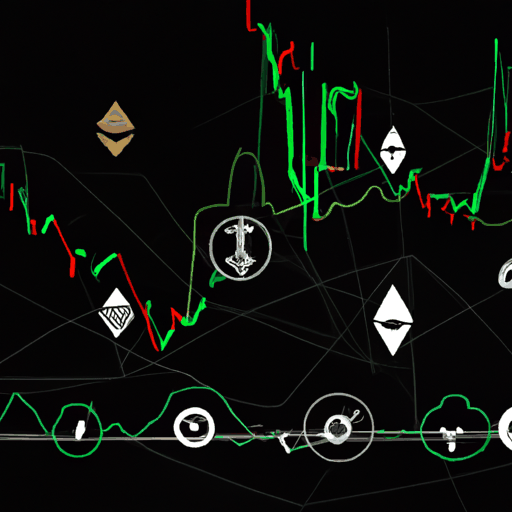
Bitcoin Faces Volatility Amidst US-China Trade War Resurgence
By: Isha Das
The financial markets have been thrown into turmoil following the recent confirmation of a renewed trade war between the United States and China. As President Donald Trump affirmed a stance on implementing significant tariffs on Chinese imports, the ripple effects have rapidly permeated through various asset classes, including cryptocurrencies.
Bitcoin, a longtime barometer for market sentiment amidst geopolitical tensions, has seen its price fluctuate dramatically. The latest developments could push Bitcoin below the symbolic $100,000 threshold, as traders react to the economic brinkmanship between the world's two largest economies. This scenario mirrors past tariff-induced market tremors, notably those seen in 2018 when similar actions depressingly affected Bitcoin valuations. Institutional investors seem to be reacting by pivoting towards traditional safe-haven assets, like gold and treasury bonds, leaving cryptocurrencies to bear the brunt of these monumental shifts.
Peter Schiff, a vocal Bitcoin critic, has used social media platforms to underscore what he terms a 'brutal bear market' for the digital currency, arguing that Bitcoin's decline speaks to its inherent lack of value stability compared to gold. Meanwhile, cryptocurrency proponents such as Changpeng Zhao of Binance emphasize Bitcoin’s historical growth and long-term potential, counterbalancing Schiff's dire prognosis. The market reflects a divided sentiment, with some analysts maintaining an optimistic outlook for Bitcoin’s future, despite the immediate downturns. Noteworthy is Timothy Peterson’s AI-driven prediction that posits a 75% chance of Bitcoin closing favorably in October, suggesting possible resilience despite the macroeconomic hurdles.
A convergence of traditional economic indicators and robust speculative input continues to drive Bitcoin’s volatile journey. In this complex dance, geopolitical events like the US-China trade war are potent reminders of the interconnectedness of global markets. For many investors, Bitcoin is balancing along a critical line, either cementing its position as a modern hedge or being challenged by its volatile history in times of market stress. As these unfolding events continue to shape market directions, Bitcoin's narrative oscillates between precarious and promising.



